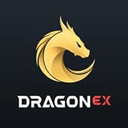
Review on Dash by Zangi Kazhila

"Dash: The Crypto with Panache - Racing Towards Financial Freedom!"
Dash, initially introduced as "Darkcoin," has aimed to carve a niche in the cryptocurrency world by emphasizing speed, privacy, and governance. In this personal review, I'll provide a pessimistic perspective on Dash, with a particular focus on its speed and potential.
The Promise of Speed:
InstantSend: Dash introduced InstantSend, promising near-instant transaction confirmations. It's like the allure of getting your coffee in seconds at a drive-through. However, despite this promise, the technology hasn't consistently delivered the lightning-fast transactions it initially pledged.
ChainLocks: ChainLocks aimed to enhance network security by preventing 51% attacks. It's like adding extra locks to your house to prevent break-ins. While this feature has improved security, it hasn't been the game-changer some hoped for.
Governance and Decentralized Autonomous Organization (DAO):
Masternode System: Dash's governance system involves masternodes, which are nodes that require a substantial Dash collateral to operate. It's like a club with a high entrance fee. This approach raised concerns about centralization, as it made it difficult for ordinary users to participate in network governance.
Decentralized Autonomous Organization (DAO): Dash introduced the concept of a DAO to make governance decisions. It's like proposing a direct democracy for a country. However, the effectiveness and efficiency of this system have been a subject of debate, as not all decisions have proven to be in the best interest of the network.
Privacy and Competition:
Privacy Features: Dash initially marketed itself as a privacy-centric cryptocurrency. It's like promoting a private meeting room for confidential discussions. However, the effectiveness of its privacy features, such as PrivateSend, has been questioned, as other cryptocurrencies like Monero offer more robust privacy solutions.
Competition: Dash faced fierce competition from other cryptocurrencies that excelled in specific areas, like Bitcoin for store of value and Ethereum for smart contracts. It's like entering a market where well-established brands already dominate their niches. Overcoming this competition proved challenging.
Regulatory Scrutiny:
Regulatory Challenges: Like many cryptocurrencies, Dash encountered regulatory challenges. It's like operating a service in a legal gray area. Regulatory uncertainty created doubts about its long-term prospects and adoption.
Market Volatility:
Price Fluctuations: Dash, like other cryptocurrencies, experienced significant price fluctuations. It's like riding a rollercoaster where the ups and downs can be exhilarating but also unnerving. These fluctuations can impact its use as a medium of exchange and a store of value.
Limited Use Cases:
Limited Adoption: Despite its efforts, Dash struggled to gain widespread adoption as a means of payment. It's like having a versatile tool but struggling to find a suitable job for it. The lack of significant use cases beyond speculative trading has hindered its potential.
In conclusion, Dash's journey has been characterized by ambitious promises, but its reality hasn't consistently matched those aspirations. The initial emphasis on speed, privacy, and governance raised expectations that were difficult to fulfill. Issues like centralization concerns, governance challenges, and competition from well-established cryptocurrencies have posed significant obstacles. Regulatory scrutiny and the cryptocurrency market's volatility have added to the complexities Dash faces.
While Dash continues to evolve, its path has been fraught with challenges and hurdles that have dampened its potential. Navigating these challenges and regaining trust and relevance in the ever-evolving cryptocurrency landscape will be a formidable task. Dash's future remains uncertain, and it serves as a reminder that in the crypto world, delivering on promises is essential to establishing a lasting presence and fulfilling the potential of blockchain technology.
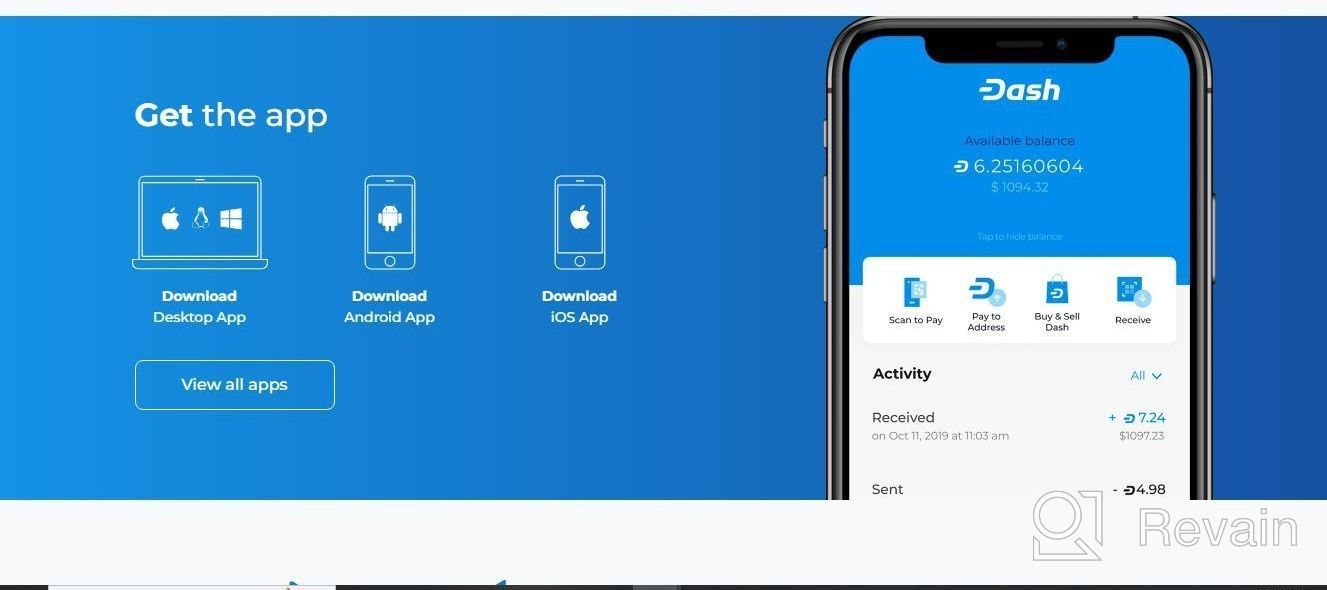
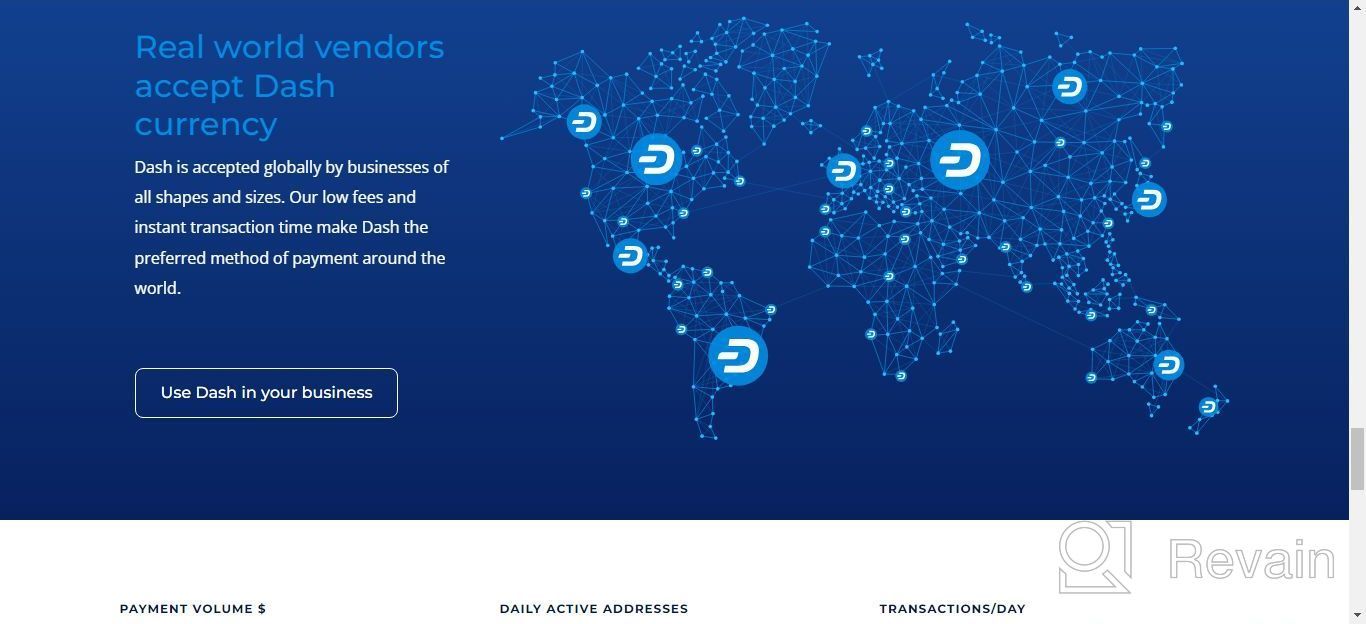
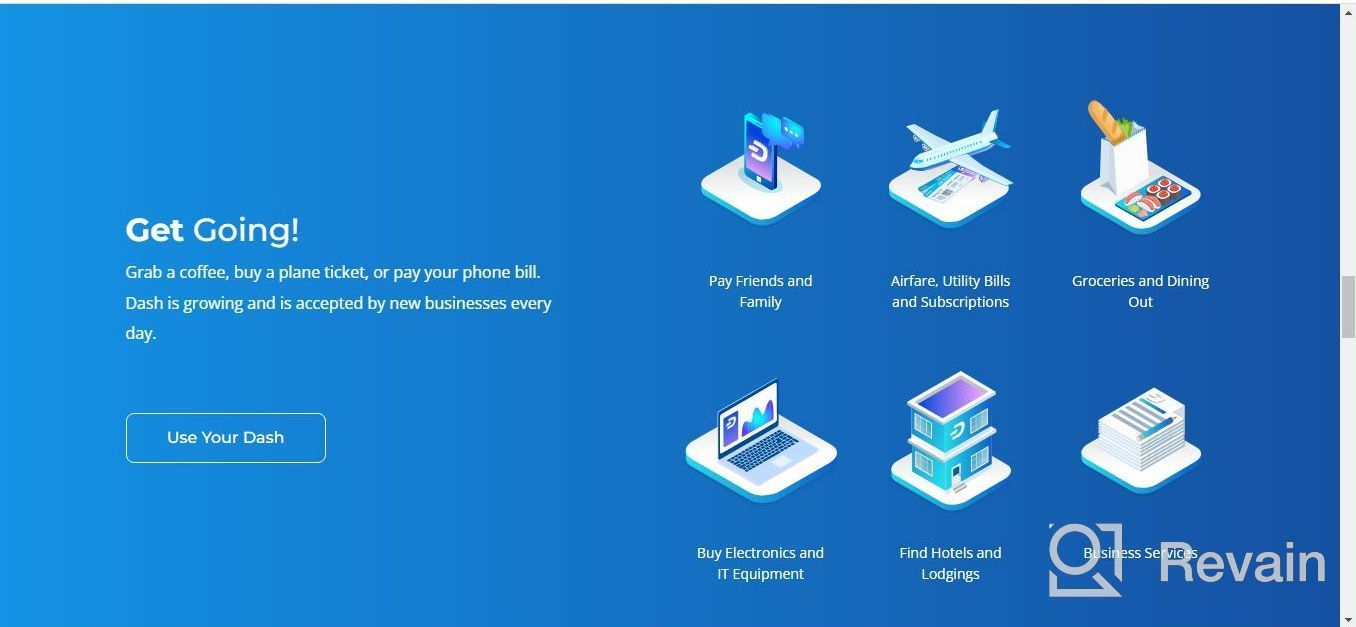
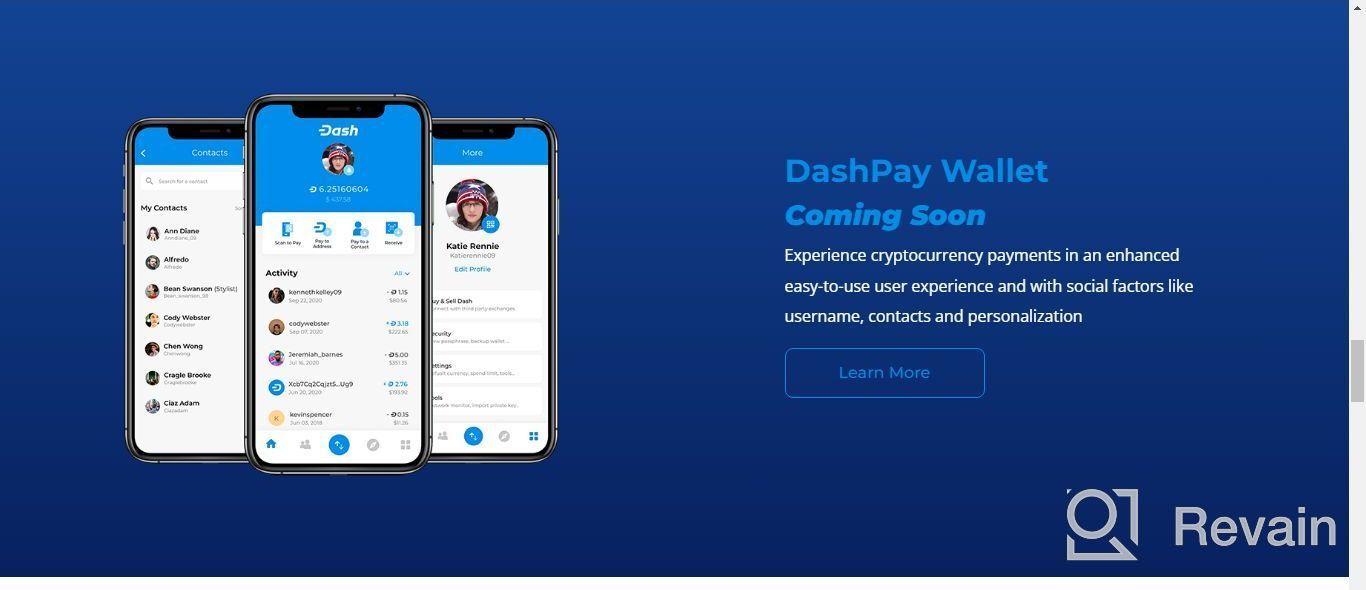
- Decentralized Governance: Dash employs a decentralized governance model, where the community can vote on proposals for network upgrades and improvements, providing a sense of user empowerment. Masternodes: The Dash network relies on masternodes, which provide advanced features and functions, such as InstantSend and PrivateSend, contributing to network security and functionality.
- Regulatory Challenges: Like other cryptocurrencies, Dash faces regulatory challenges and uncertainties in various jurisdictions. Some governments have taken measures to regulate or restrict its use. Privacy Effectiveness: While Dash's PrivateSend feature enhances privacy, it may not be as robust as privacy-focused cryptocurrencies like Monero, raising questions about its effectiveness in providing complete anonymity.









